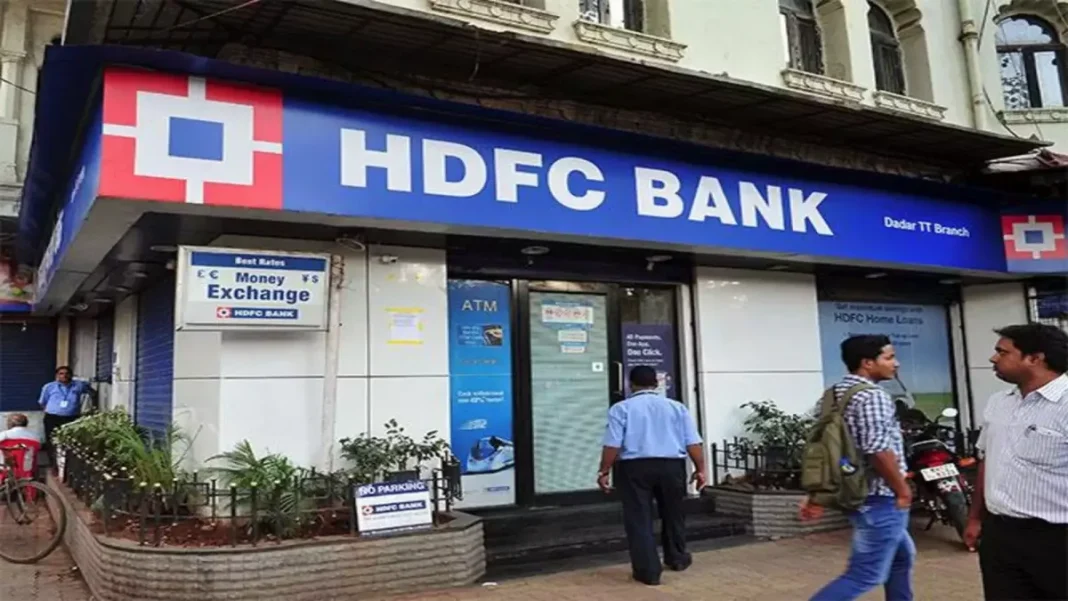HDFC Bank Reclaims Top Spot as India’s Most Valuable Brand
HDFC Bank has overtaken Tata Consultancy Services (TCS) to become India’s most valuable brand in the 2025 Kantar BrandZ rankings, ending TCS’s three-year reign at the top.
Key Takeaways
- HDFC Bank’s brand value surged 18% to nearly $45 billion
- TCS ranks second with $44.2 billion brand value
- Indian Top 100 brands combined value reaches $524 billion (13% of GDP)
- Zomato remains fastest-growing brand with 69% growth to $6 billion
Brand Value Leaders
HDFC Bank’s remarkable 98% growth since 2019 was driven by digital innovation and customer focus, helping it reclaim the top position. The private lender’s strategic initiatives have significantly enhanced its market standing.
TCS, which held the top spot for three consecutive years, now ranks second with a brand value of $44.2 billion. The IT giant continues to be a dominant player in the rankings.
Market Trends and New Entrants
The 2025 report shows 18 new brands entering the rankings, including UltraTech Cement ($14.5bn), Westside ($3.3bn), and Zudio ($2.5bn). This reflects the expanding diversity of valuable Indian brands across sectors.
Despite overall resilience, Indian brands grew at just 6% compared to 29% growth in the Global Top 100, indicating they missed the “post-Covid rebound” experienced globally.
Sector Performance Highlights
Experience Economy Booms: Travel, lifestyle, and digital convenience brands showed exceptional growth. Taj Hotels (+55%), IndiGo (+42%), and MakeMyTrip (+45%) significantly outperformed the average.
Dominant Sectors: Business Tech & Services, Financial Services, and Telecom collectively account for 58% of the total value of India’s Top 100 brands.
Rural Market Transformation
Rural India is emerging as a powerful growth engine, with categories like beauty products, coffee, snacks, and ready-to-cook foods gaining rapid traction. Rural incomes have been rising at 10% CAGR since 2022, with e-commerce adoption accelerating primarily among young males.
India’s Diverse Consumer Landscape
The report emphasizes that “India has many markets, not one.” Consumer behavior varies significantly across regions, cities, and even neighborhoods. Marketing strategies must account for differences in tastes, needs, income levels, culture, language, and lifestyle to succeed in different markets.
“India has many markets, not one. People in different regions, cities, towns, and even neighbourhoods behave very differently when they shop.”






